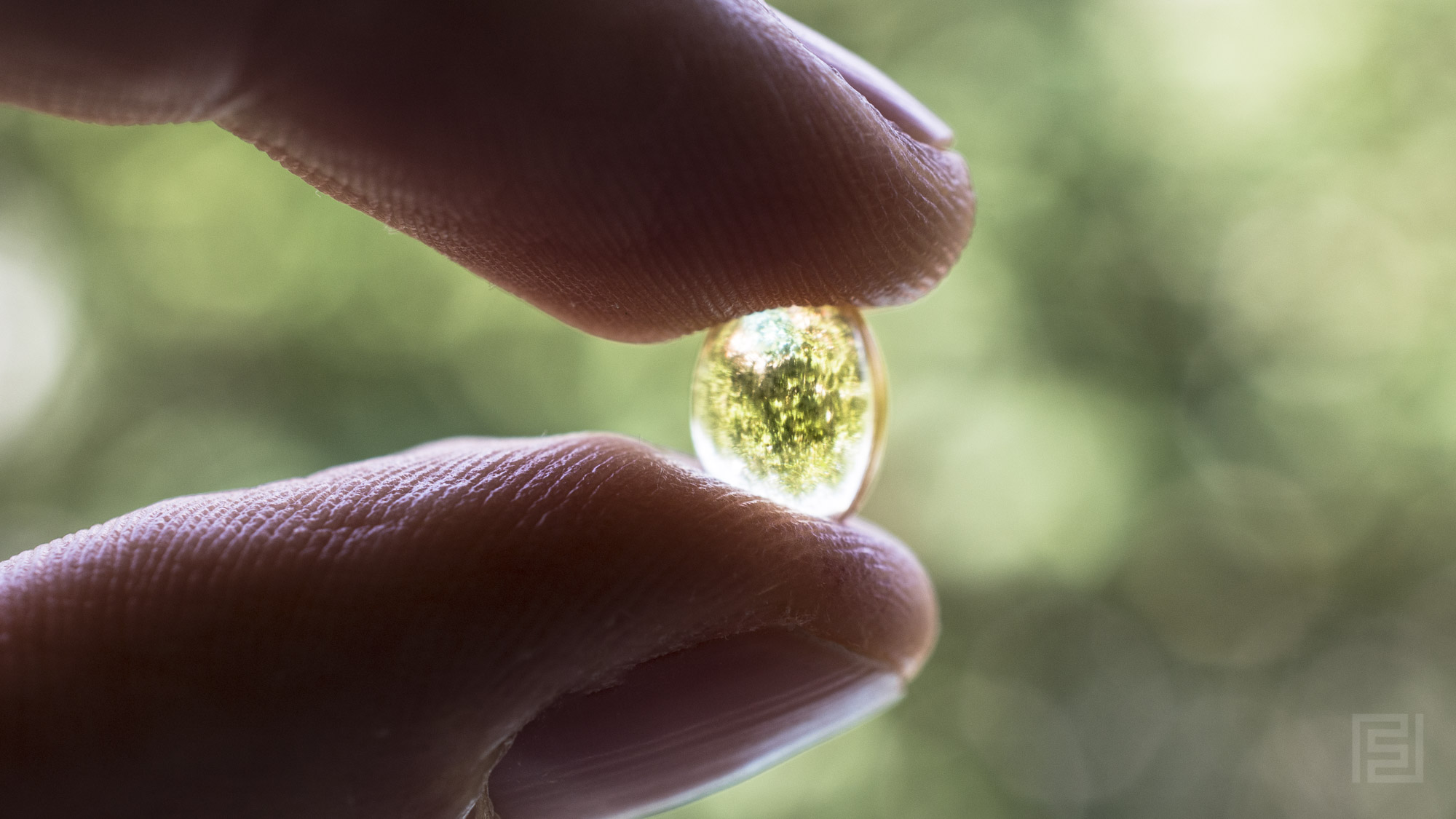Vitamin D & Disease
Sam Stephens
June 2020

How vitamin D supplementation can positively impact our general health and improve the quality of our later years.
When exposed to sunlight, our skin produces vitamin D which is then converted into a biologically active form in the liver and kidneys. This new form of vitamin D is then readily available to be used by the body to support our “bones, intestines, immune and cardiovascular systems, pancreas, muscles, brain, and… cell cycles.” However, many of us don’t get enough daily sunlight exposure and therefore are not synthesizing adequate levels of vitamin D for optimum health. If you spend the majority of your days inside and don’t currently take a vitamin D supplement, it’s very possible that your health is being negatively affected to some degree by a vitamin D deficiency.
In this Supplement Spotlight, we’re going to briefly look at how one powerful little ‘sunshine vitamin’ can improve our health and help prevent certain diseases.
To start things off, let’s address who’s most at risk for developing a vitamin D deficiency. As stated earlier, anyone who spends most of their time indoors away from direct sunlight, breastfed infants, obese individuals (30+ BMI value), those with darker skin tones, elderly populations, and anyone who has a hard time absorbing fats (gastric bypass surgery, liver disease, cystic fibrosis, and Crohn’s disease). Most of us probably fall into at least one of these categories, making this an issue relevant to just about everyone.
While there are some instances where vitamin D supplementation is used to treat certain diseases unrelated to hypovitaminosis D (vitamin D deficiency), the symptom/cure relationship associated with this vitamin is often linked to simply resolving an underlying deficiency. Meaning, the degree to which a vitamin D supplement can improve our health is largely dependent on the severity of a pre-existing deficiency. In other words, to fix something it must first be broken – vitamin D ‘fixes’ problems but doesn’t infinitely improve our health above baseline the more we take. However, because so many of us exist below baseline from a health perspective, being repaired back to ‘normal’ can feel like we’ve been given an entirely new life.
So, what are some of the issues this powerful little supplement can help us address? Vitamin D may have positive treatment effects on and could possibly help prevent:
- Osteoporosis (decrease bone loss w/ calcium)
- Certain cancers (decreases risk & improves survival)
- Dementia (improves neurophysiology & neuroprotection)
- Autism (subjective ASD behavior evaluations)
- Male & female fertility (more favorable hormonal environment)
- Heart disease & hypertension
- Type 1 & 2 diabetes
- Muscle weakness/fatigue
- Obesity
- Depression
- Cognitive impairment
- Autoimmune diseases
- Influenza
- Age-related macular degeneration
While this is an impressive list of benefits, there are a ton of correlative relationships with fewer causal links. If you’re suffering from one or more of the issues listed above, talk to your doctor about proven treatment methods first. It’s likely that resolving a vitamin D deficiency will improve the severity of certain symptoms, but it should not be your only solution for serious medical issues.
If you look closely at the diseases/illnesses listed above, you’ll probably notice that some of these issues have a tendency to hit elderly populations the hardest. That observation brings us to the main focus point of this post – vitamin D supplementation is important for your health now but it’s critical for your future quality of life. To really drive this point home, let’s take a closer look at the role vitamin D plays in dementia and osteoporosis.
Beginning with dementia, vitamin D is involved in the synthesis of neurotransmitters and neurotrophins and contributes to neuroprotection (anti-inflammatory and antioxidant effects). These benefits to overall brain health combined with a strong association between cognitive decline and hypovitaminosis D, combine to make a compelling argument for dementia prevention through vitamin D supplementation. Even if symptoms could only be slightly alleviated, a 1% improvement to our quality of life is still an improvement.
Switching to osteoporosis, when vitamin D levels are low, calcium absorption can drop by up to 90%. You or a loved one may be taking a calcium supplement but are essentially not able to utilize it in any significant way. Vitamin D also plays a substantial role in the strength of our fast twitch muscle fibers and when deficient, older adults can experience postural sway and issues with balance, leading to more falls. And while it’s less of a concern, stronger bones and better muscular strength can result in more mobility/freedom to remain independent with age.
When combined, a sharper mind, stronger bones, and fewer falls all thanks to vitamin D supplementation can drastically improve our quality of life down the road and the lives of our elderly loved ones.
To wrap things up, let’s quickly cover dosage and absorption.
Regarding absorption, vitamin D is fat soluble and must be taken with a fat source in order to be used by the body. I recommend that you take it and all of your other vitamins with your first meal of the day. For dosage, unfortunately it varies so much from person to person that I don’t feel comfortable making a strong recommendation here. Values range from 600 IUs/day to up to 10,000 IUs/day, depending on the needs of the individual. However, a range of 1000-2000 IUs per day is probably safe and effective for most adults. Just be sure to check with your doctor or speak with a registered dietitian before taking any pills or powders.
If you’d like to talk with me about vitamin D in more detail or anything else related to fitness/nutrition, shoot me an email. I’d love to chat.
Experiment by manipulating different variables. Find out what works best for you. Share what you discover. Have fun.
_